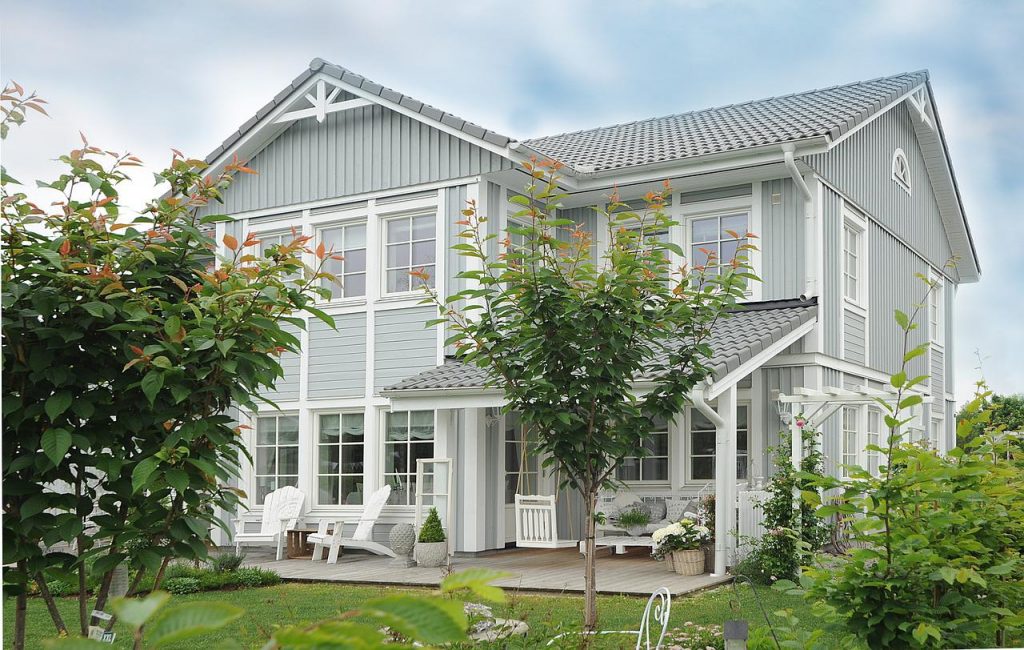
Most U.K. homes are centrally heated, and the majority rely on gas or oil-fired burners. Gas and oil are fossil fuels and release carbon dioxide, a greenhouse gas that contributes to climate change. In the U.K., an effective way to reduce carbon emissions is to use alternatives to fossil fuels for heating. The government is encouraging homeowners to turn to alternatives to gas by offering incentives or grants. This way, you contribute to making the planet greener and also see huge savings for yourself.
Why consider alternatives?
Gas central heating systems are not as cost or energy efficient as some of the alternatives. The costs of installing and maintaining gas heating systems can be high, and the negative effect they have on the planet is one of the main reasons why alternatives are becoming more popular.
Best Electric Radiators, Dimplex and Ecostrad offer several alternatives to gas central heating. Some of the benefits of using these alternatives are that government subsidies can help towards the costs, they save energy and the planet, and they also futureproof your household. If you want a smaller carbon footprint, your heating system is an excellent place to begin. According to the Energy Saving Trust, every household will need to cut heating emissions by 95% to meet the 2050 net-zero target.
Electric radiators
Modern electric radiators offer more energy efficiency and are easy to install. You can set them up yourself to save time and money. An added bonus is that they come in stylish designs that complement your home. Electric radiators have individual thermostats on each radiator that offer precise temperature regulation. Highly customizable electric radiators are extremely energy efficient because you can program them to avoid wasting energy.
Electric water heaters
Electric water heaters are a good alternative for those wanting hot water quickly. Installation is quick and simple compared to gas heaters, and they are more energy-efficient. They don’t lose any energy through the venting process like gas water heaters. The five-year warranty offered on most electric water heaters reduces maintenance costs.
Heat pumps
Heat pumps work rather like a fridge going backwards. They take low-temperature heat from the environment and “pump” it up to a higher temperature to use for heating your home. Air source heat pumps and ground source heat pumps are the main types. Air source heat pumps get heat from the air and use it to heat the home. Ground source heat pump uses underground pipes to absorb heat from the ground. Heat pumps are eligible for government subsidies because they reduce carbon emissions. Installation costs are high but maintenance and running costs are low.
A hybrid heating system
The advantage of a hybrid heating system is that it uses a heat pump and gas boiler so it can use one or the other for more efficiency. If the outside temperature is too low, the gas boiler will take over. Installation costs are high and the system can be difficult to install but it cuts running costs and reduces carbon emissions. It also means you can make the switch to a heat pump without getting rid of your gas boiler.
Solar thermal panels
Solar thermal panels use the energy of the sun to heat water in the home. There is a high upfront cost and installation can be difficult. They are not suitable for all heating systems and are weather dependent. The benefits are that they cost little to maintain and are eligible for government subsidies because they reduce carbon emissions.
Biomass boilers
Biomass boilers use natural materials like plants and wood. Burning biomass releases heat which can be used to heat homes. Biomass is an environmentally-friendly source of energy because it’s renewable energy. It is carbon neutral because the same amount of carbon dioxide released in the burning process is reabsorbed by growing plants. Biomass boilers require high initial investment costs, enough space and high maintenance. They do qualify for the Renewable Heat Incentive scheme with periodic payments to you over several years.
Infrared heating panels
Infrared panels can be fitted to walls and give invisible, near-instant heat to individual rooms. They offer energy efficiency, faster heating capabilities and easy installation but they are expensive and you need space to install them.


